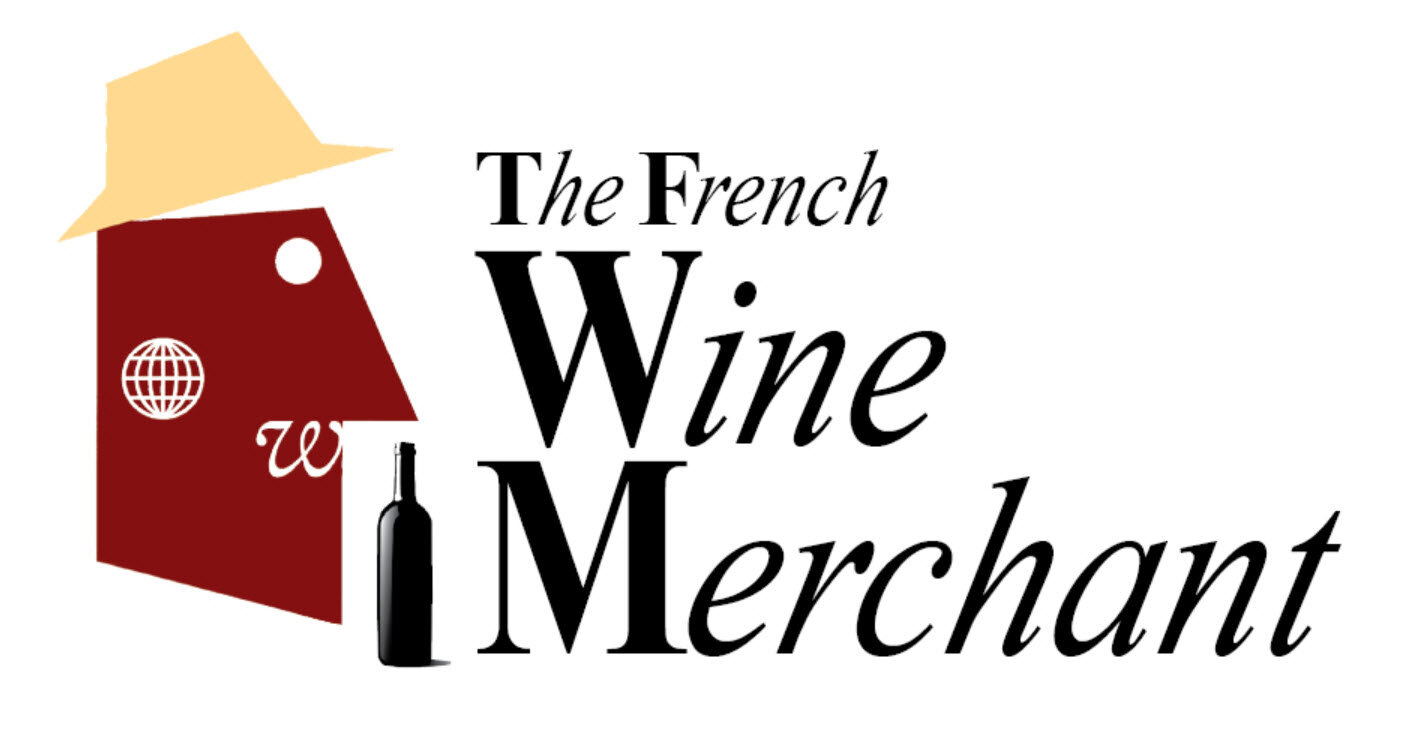A Series on Wine Packaging: Decoding the Bordeaux Bottle
Aging wine is an art as much as it is a science, and it's intriguing how bottle shape plays a vital role in this intricate process. Wine enthusiasts know that different wines require different aging conditions, and bottle shapes have been meticulously crafted to accommodate those needs. For wines that benefit from aging and evolution over time, such as many red Bordeaux blends, a bottle with a tall and straight shape is often preferred. This elegant design serves a specific purpose - it allows sediment to settle neatly at the bottom without interfering with the pour when the time comes to open the bottle.
On the other end of the spectrum are wines meant to be enjoyed fresh and youthful, like many whites and rosés. For these, a bottle with a narrower body and gently sloping shoulders is the preferred choice. This design minimizes the amount of air in contact with the wine, which helps preserve its youthful and vibrant character.
“Bordeaux Please!”
The most iconic example of a bottle designed for aging is the Bordeaux bottle, with its high-shouldered, straight shape. Wines like Cabernet Sauvignon and Merlot benefit from long-term aging in these bottles, allowing them to mature gracefully over decades.
These bottles, meticulously crafted, are intended to have this shape - characterized by their high shoulders and straight sides. When stored in ideal conditions, Bordeaux wines can gracefully mature for 10 to 30 years, and some exceptional bottles have even surpassed this, aging for 50 years or more. A well-maintained bottle, kept in a controlled environment with consistent temperature and humidity, offers the best opportunity for the wine to realize its full aging potential.
The development of the Bordeaux bottle shape can be traced back to the early 18th century when glassmakers drew inspiration from various glassmaking traditions, including those from England and the Netherlands. At that time, glassblowers were exploring diverse bottle designs and the Bordeaux region was quick to adopt a style that was well-suited to their specific wines. One of the most famous examples of an aged Bordeaux wine is the Château Lafite Rothschild 1787, widely considered one of the oldest and most valuable wine bottles in history. It was discovered in a Paris cellar during the late 1980s, the bottle bore the initials "Th.J." and is believed to have belonged to Thomas Jefferson, the third President of the United States and a passionate wine enthusiast. Although the wine's precise age remains a mystery, its enduring quality stands as a testament to Bordeaux wines' exceptional longevity.
New Age Bottles for an Age-Old Delight
The Bordeaux wine bottle boasts a rich history that spans centuries, closely intertwined with the identity of Bordeaux wines, celebrated for its timeless design. Although the exact origins of this iconic shape are a topic of historical debate, it has gradually evolved into the renowned form we recognize today. Over the years, while the Bordeaux bottle shape has retained its core features, there have been notable advances in bottle technology and design. Some Bordeaux wineries have embraced innovations in bottle closures, such as screw caps and composite corks, enhancing the wine's aging potential and preserving its quality. Additionally, the wine industry's growing emphasis on sustainability has led to the creation of eco-friendly, lightweight glass bottles, reducing the environmental footprint of wine production and transportation without compromising the classic Bordeaux bottle's shape.
As you enjoy your next bottle of wine, take a moment to appreciate the classic Bordeaux shape – the emblem of timeless elegance. Whether it graces your table or your cellar, this iconic bottle has much more to tell than its contents. In our next blog post, we'll venture into the world of Burgundy bottles, exploring their unique designs and the stories they hold. So, keep an eye out for that distinct shape on your wine adventures. Cheers to the artistry of wine packaging, with many more revelations to come!


